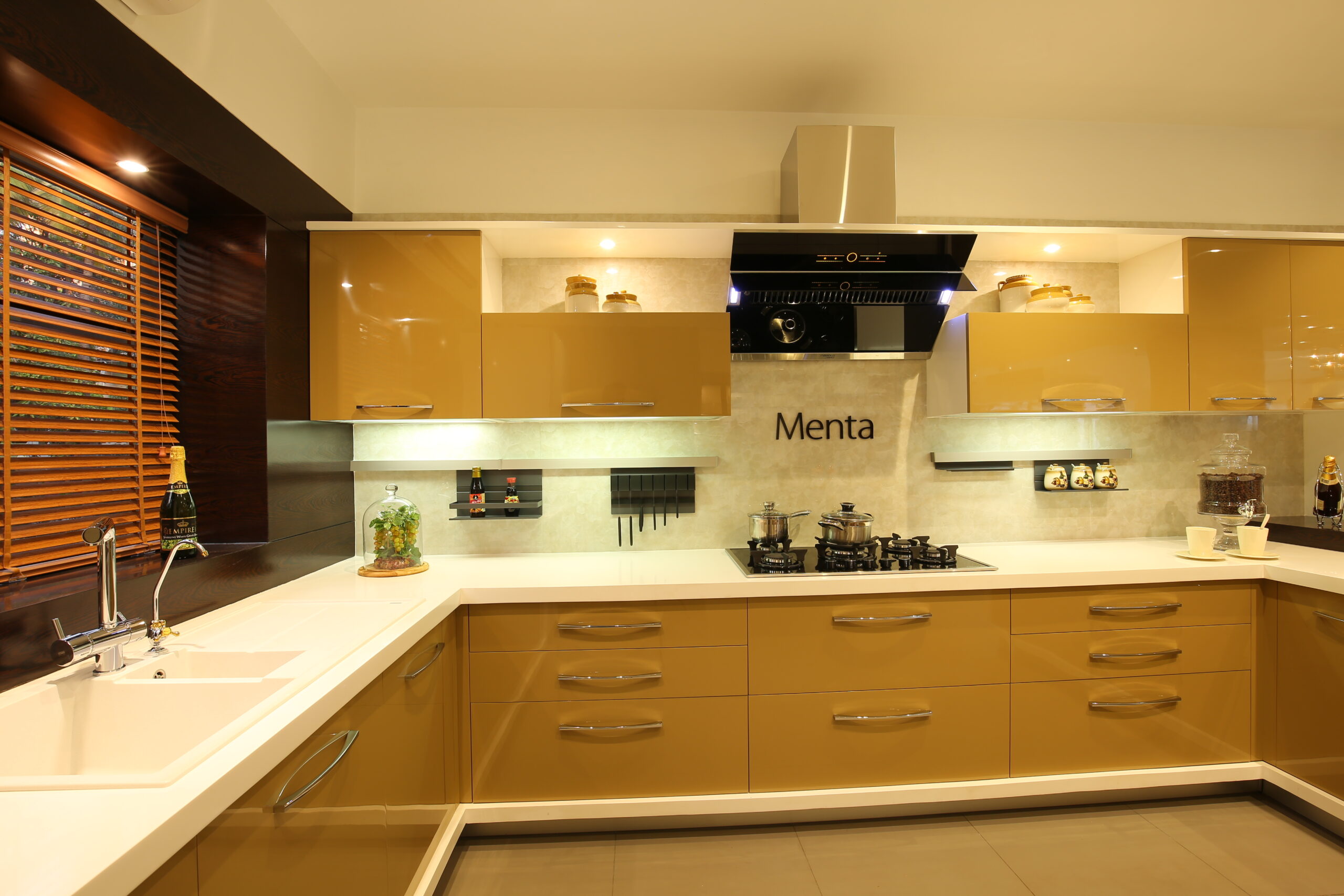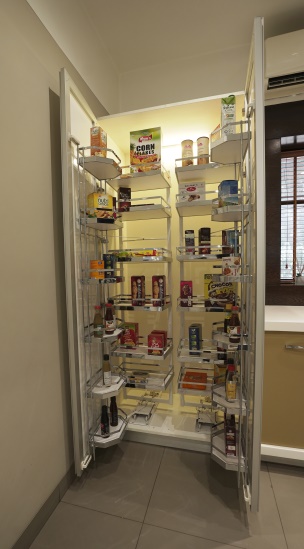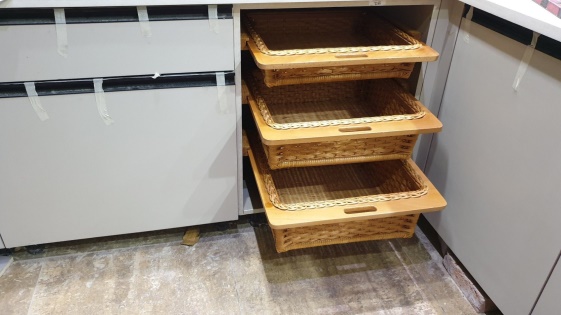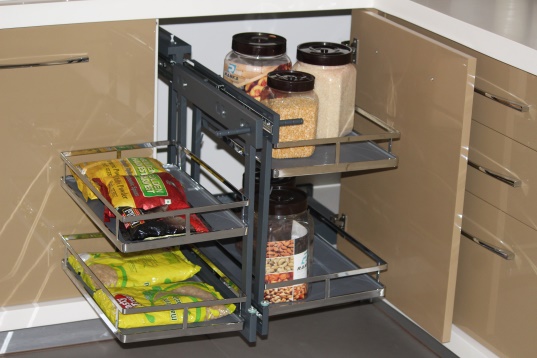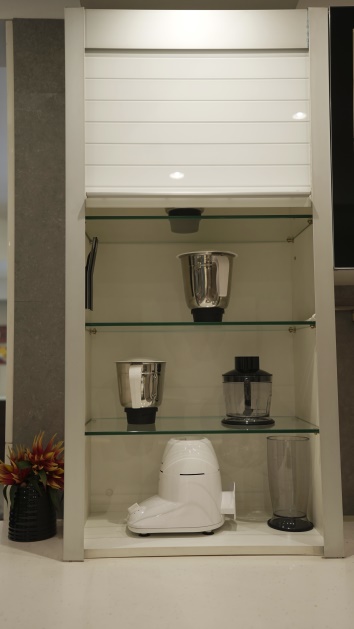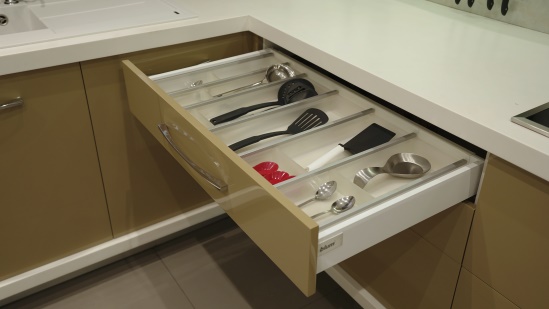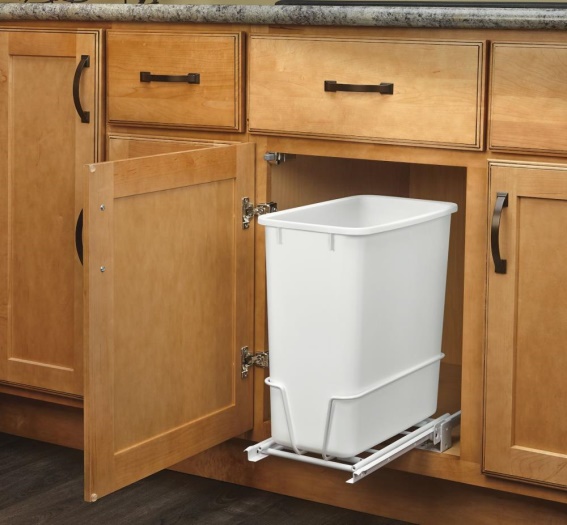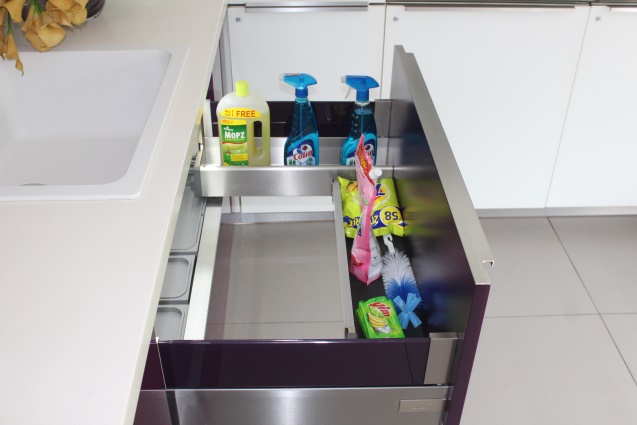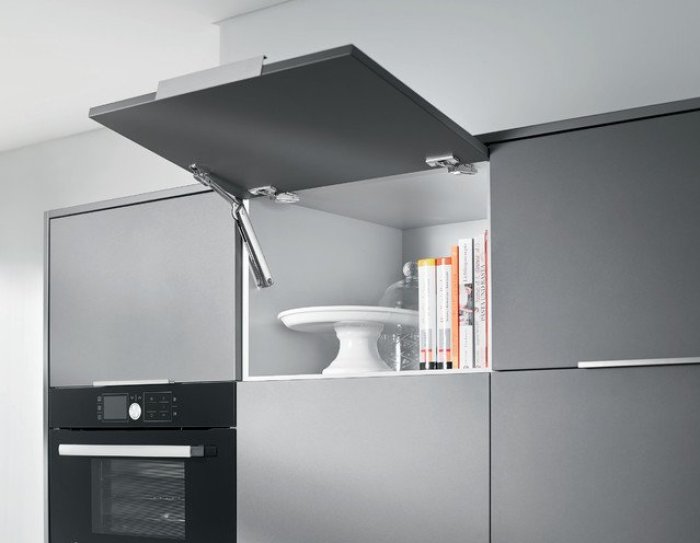
So, are you also stuck in the ancient kitchen conundrum – MDF vs plywood?
Well, then you aren’t alone. It is a dilemma that simmers in the minds of many while building a modular kitchen or renovating it.
While MDF is smooth and rich-looking, plywood offers unmatched strength.
However, the confusion extends to various other areas as well.
Thus, let’s reiterate the million-dollar question – is MDF better than plywood for kitchens?
Will there be a podium winner in this case? If so, which one? Let’s find out.
MDF and Plywood – Let’s Understand the Basics
We will look at the pros and cons shortly. But before that, let’s understand these types to further enhance your understanding of both and enable decision-making.
1. MDF (Medium Density Fiberboard)

It comprises wood fibers glued under high heat and pressure. MDF is smooth, consistent, and feels seamlessly blended.
2. Plywood

Plywood is like the OG of engineered wood. It involves layering thin sheets of wood veneer and sticking them together with an adhesive under high pressure. This type of wood includes cross-graining layers to provide it the strength and stability for which it is popular worldwide.
Remember, both are engineered wood products. However, their characteristics and behavior are different. Thus, choosing the right type depends on what your kitchen needs.
Let’s now look at the pros and cons of both these wood types across various parameters, including the strength of MDF vs plywood to understand the difference between MDF and plywood.
MDF – Pros and Cons
| Pros | Cons |
| MDF offers a smooth finish for paint and polish. Hence, every painter loves MDF! It has a super smooth surface that takes paint seamlessly. Thus, it is an amazing choice for modern kitchen cabinets. MDF offers a flawless gloss or matte finish. | MDF isn’t the best of friends with water. Standard MDF can swell and warp due to moisture exposure. So, if your kitchen is prone to spills and humidity, MDF proves to be a red flag. |
| Modular kitchens or kitchen renovation demand a significant investment. However, MDF comes in as a sigh of relief due to its affordability. Thus, it is a popular choice amongst people who are on a tight budget while building a modular kitchen or renovating the existing one. | MDF is less durable than plywood. For example, MDF can sag if you use it for shelving under heavy loads. Although dense, it isn’t as strong and structurally integrity as plywood. |
| MDF enables extensive customization. So, whether you want curvy edges or intricate designs on your cabinet door, MDF covers it all! It is also because MDF doesn’t splinter while cutting. | Repeated removal or reinsertion the screws in the same spot can weaken the fiber structure. |
Plywood – Pros and Cons
| Pros | Cons |
| Plywood is globally known for its strength that stems from the layered construction. Thus, it holds screws better and bear more weight without warping. So, if you intend to build tall pantry cabinets or deep drawers, you can rely on plywood. | Strength, rustic looks and moisture-resistance come at a price significantly higher than MDF. Thus, premium plywood is costlier than MDF. If you have a tight budget, you can see a significant price difference particularly for a full kitchen setup. |
| Plywood, particularly BWP/BWR grade, is more moisture-resistant than MDF. So, if you are in a humid climate, plywood will prove to the right choice. | Another disadvantage is the uneven grain. The unevenness of the natural grain in some cases can ruin the desire for a uniform painted finish. |
| This type of wood is gifted with a rustic look. Thus, if you want a kitchen with a rough and organic vibe, plywood’s natural wood grain can serve the purpose. | Plywood’s layered edges can require extra finishing to achieve that perfect and smooth appearance. |
Who is the Winner – MDF vs Plywood for Kitchen!
Honestly, no material is a perfect fit for every demand, situation, and requirement. The ideal choice depends on your specific budget, design vision, and needs concerning your kitchen. However, here are some expert recommendations.
1. For High-Moisture Areas
For zones like the kitchen sink, dry balcony, etc., you can use moisture-resistant plywood. The added protection layer against water damage helps save the wood from swelling and warping. But plywood quality also matters!
2. For Painted Cabinets
MDF is an excellent choice as its smooth surface provides a sleek and contemporary look. Besides, it houses paint evenly on its surface.
3. For Budget-Friendly Renovations
If cost is a constraint and your cabinets aren’t in high-moisture zones, you can go for MDF.
4. For a Natural Wood Look
If you want your kitchen to have the look of natural wood grain, you can discover various grades and veneers of plywood.
However, you must note that experienced modular kitchen designers in Pune strategically use both kinds of wood. They make prudent choices for you so that you get a blend of aesthetics, functionality, endurance, and affordability. Thus, they use plywood for cabinet boxes to provide strength and moisture resistance and MDF for doors and drawer fronts.
Wrapping it Up!
At Kitchen décor, we utilize our evolved expertise and experience of over 25 years to help our customers make the right choices and build a modular kitchen that reflects their vision. Want to know more about our approach and explore our designs? Visit us at our experience centers in Karve Road, Kothrud, Kalewadi, and SB Road.
Frequently Asked Questions
For how long does an MDF board last?
It depends on quality and upkeep. High quality MDF, maintained well serve for 10-25 years.
What is the lifespan of plywood?
Again, quality and maintenance matter. However, given its strength and endurance capabilities, plywood last long.
Can I paint an MDF surface?
Yes. MDF is smooth and uniform. Hence, it offers an excellent base for painting. Nevertheless, you must prepare the surface with the help of sanding and priming to create a smooth and enduring finish.
Which material is the best for a modular kitchen?
Between MDF and plywood, there cannot be one definite winner as the choice depends on the individual’s budget, kitchen needs, functional requirements, and aesthetic vision.
Which is better MDF or plywood?
It depends on the purpose. For example, MDF is aesthetically pleasing, while plywood is stronger and more enduring.


